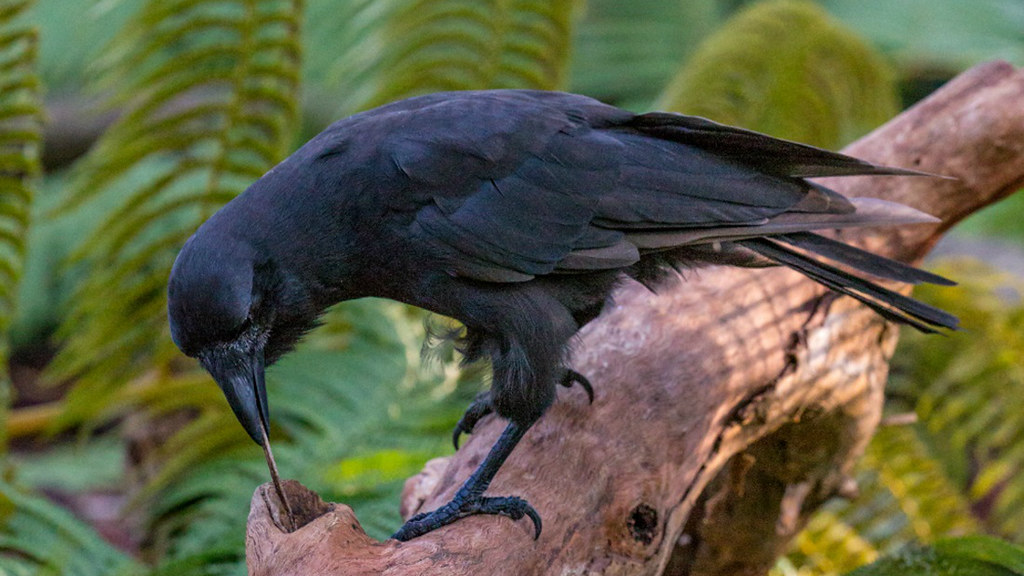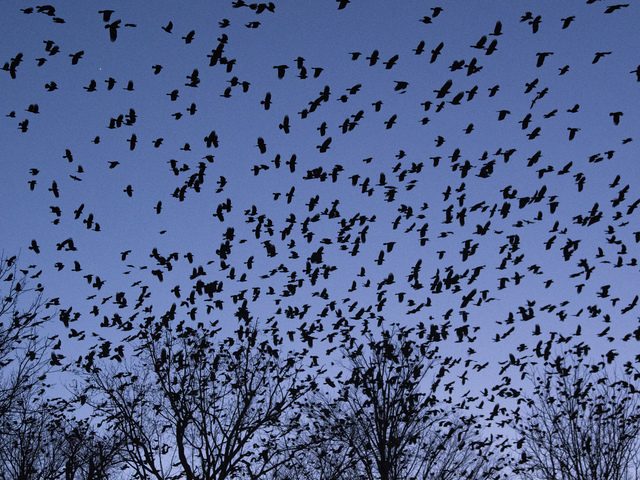How Many Crows in a Murder: Exploring the Fascinating World of Crows
Crows are highly intelligent and social birds known for their distinctive black feathers and raucous cawing. In popular culture, a group of crows is often referred to as a "murder." This intriguing term has sparked curiosity, leading many to wonder: How many crows are in a murder? In this article, we will delve into the world of crows, their behavior, and the concept of a murder.
1. The Remarkable Nature of Crows:

Remarkable Nature of Crows
Before we explore the concept of a murder, let's delve into the remarkable nature of crows.
Crows are part of the Corvidae family, known for their high intelligence, problem-solving abilities, and adaptability.
They have been observed using tools, displaying complex communication, and even recognizing human faces.
2. Group Dynamics of Crows:
Crows are highly social birds and often form large flocks, especially during the non-breeding season. These flocks consist of crows from the same family or neighboring territories.
Being in a group provides benefits such as increased foraging efficiency, protection against predators, and sharing of information.
3. The Concept of a Murder:
The term "murder" is commonly associated with a group of crows. However, it's important to note that the exact number of crows required to form a murder is not scientifically defined.
The term is more of a poetic and collective noun used to describe a group of crows, often based on observations of their behavior in the wild.
4. Crow Roosts:

Crow Roosts
During certain times of the year, crows gather in large numbers in communal roosts. These roosts serve as meeting places where crows rest, communicate, and socialize.
The size of these roosts can vary greatly, with some containing thousands or even tens of thousands of crows.
5. Benefits of Group Living:
Group living provides several advantages for crows. They can share information about food sources, engage in cooperative defense against predators, and establish social hierarchies within the group.
The collective intelligence and cooperation within a murder of crows contribute to their overall survival and success as a species.
6. Challenges of Studying Crow Numbers:
Determining the exact number of crows in a murder can be challenging due to their highly mobile nature and the difficulty of tracking individual birds.
Additionally, the size of a murder can fluctuate depending on various factors such as the availability of food, breeding season, and migration patterns.
7. Citizen Science and Crow Monitoring:
Citizen science initiatives have played a significant role in studying crow populations.
Projects such as bird counts and roost monitoring allow bird enthusiasts and researchers to contribute valuable data on crow numbers and behavior.
These efforts contribute to our understanding of crows and help monitor changes in their populations.
8. Cultural Significance:
Crows have long held cultural significance in various societies. They have been featured in folklore, myths, and literature, often symbolizing intelligence, mystery, and even omens. Their association with a murder adds to their mystique and intrigue in popular culture.
9. Conservation and Appreciation:
As intelligent and ecologically important birds, crows deserve our conservation efforts and appreciation.
By preserving natural habitats, reducing pesticide use, and promoting awareness about their behavior and ecological roles, we can ensure the continued presence of these fascinating creatures in our ecosystems.
While the exact number of crows in a murder is not scientifically defined, crows are highly social birds that often form large flocks. Their group dynamics, roosting behavior, and remarkable intelligence contribute to their survival and success as a species. The concept of a murder adds to the allure and cultural significance of crows. By studying and appreciating these fascinating creatures, we can deepen our understanding of the natural world and the importance of biodiversity conservation.